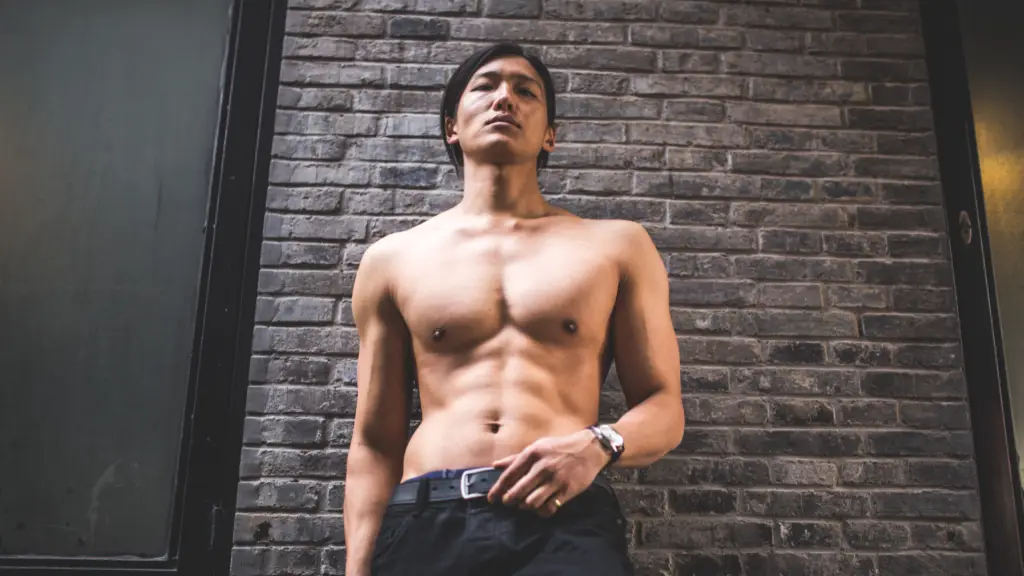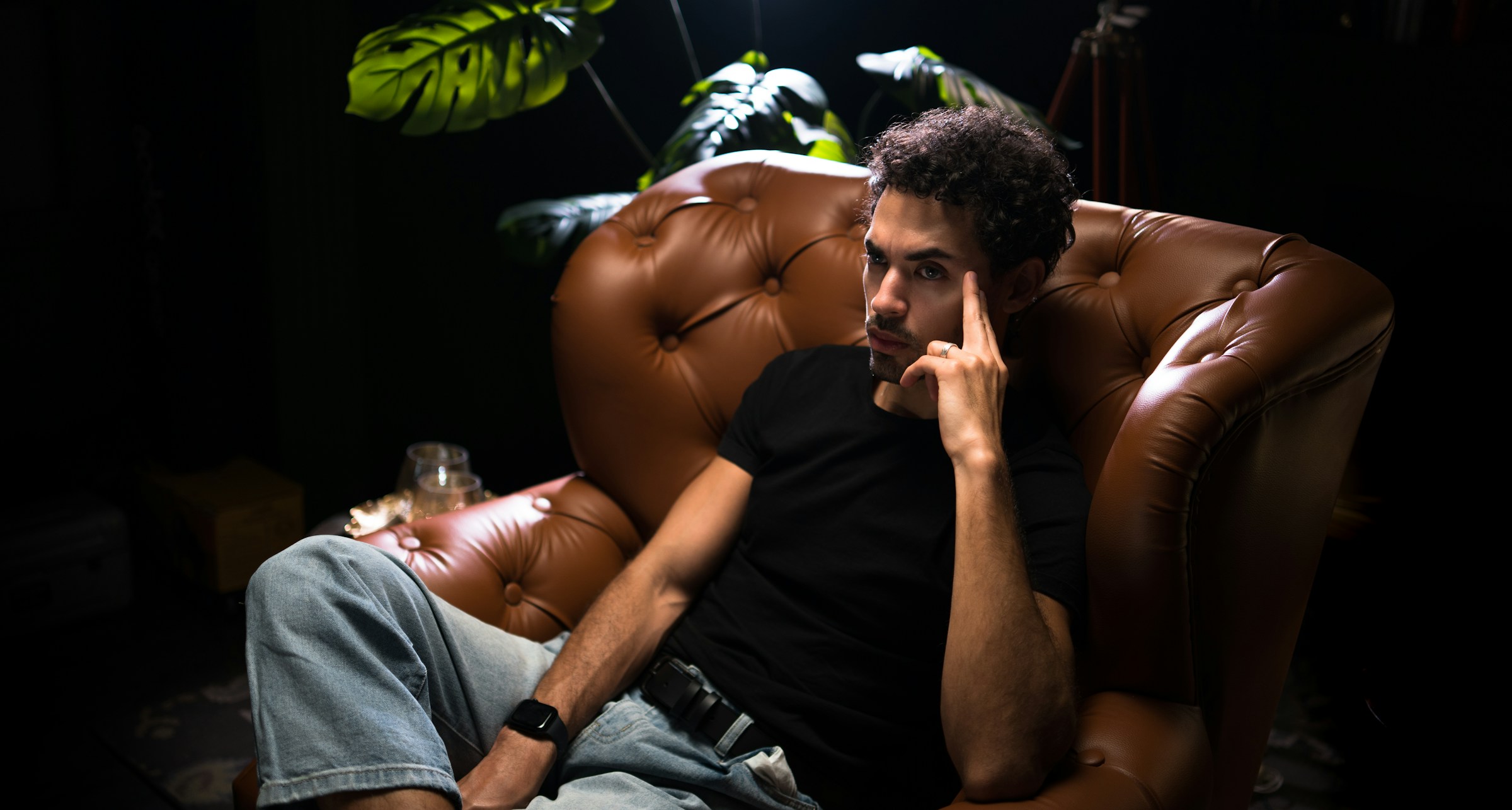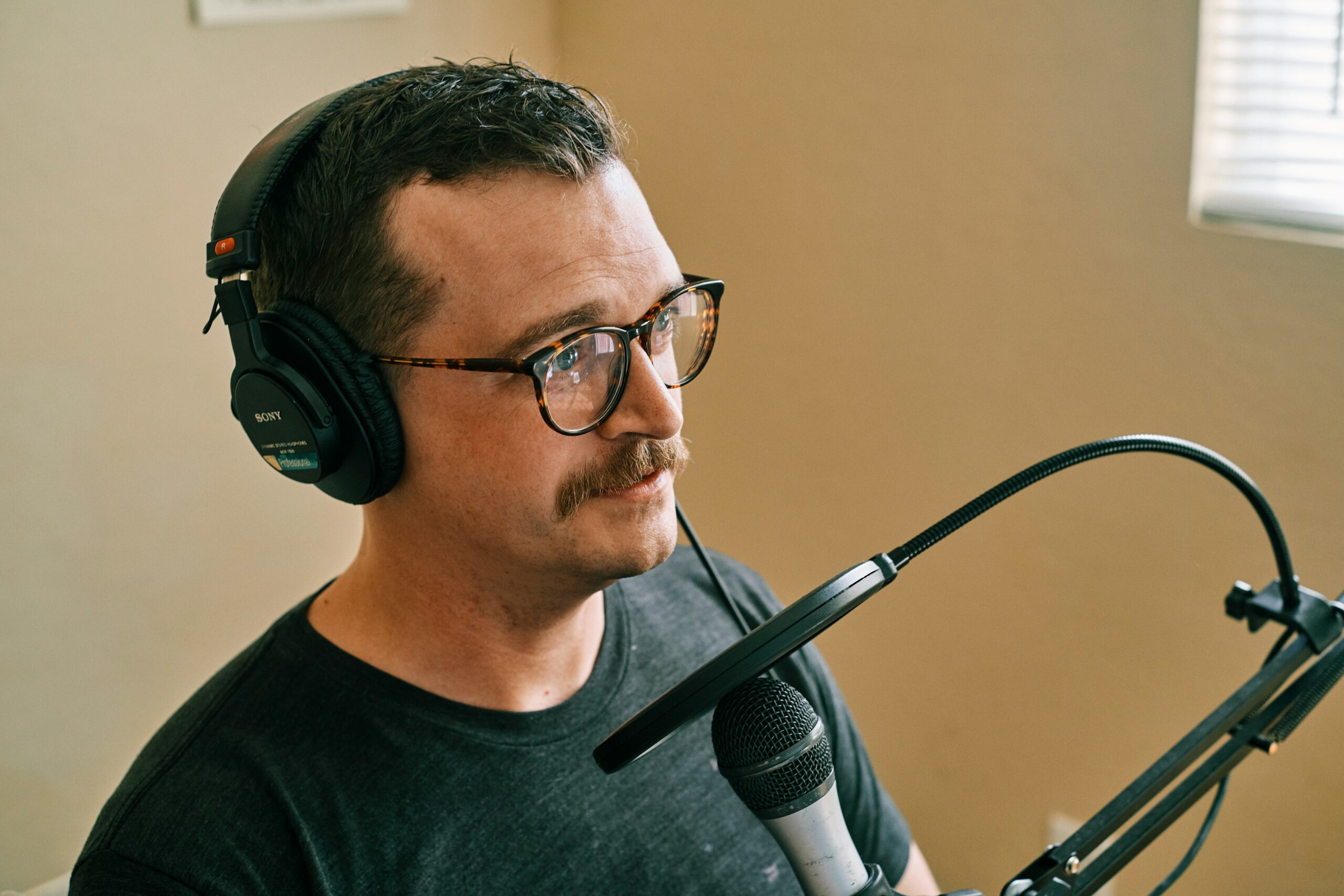When you think about the stereotypical physique of a male model, images of perfectly sculpted bodies often come to mind. But what really goes into achieving and maintaining such a form — and is it even necessary for your modeling goals? Let’s look at the ins and outs of body type as it impacts the world of male modeling.
Do You Have to Be Fit as a Male Model?
In most cases, the short answer is yes — fitness plays a crucial role in the modeling industry, especially for men. While inclusivity and different body types are beginning to gain a foothold, this hasn’t had as much impact on male modeling just yet.
For aspiring male models, maintaining a well-toned body as a male model not only enhances physical appearance but also portrays a strong commitment to health and professionalism, qualities that are highly valued in the industry. However, the level of fitness required can vary significantly depending on the type of modeling you wish to pursue.
The Ideal Male Model Physique
Runway Modeling
In runway modeling, the ideal male model physique typically features a tall, lean build with minimal body fat and noticeable muscle definition. This physique allows clothes to hang well, showcasing the designer’s work in its best light. Height requirements often start at about 5’11” and go up to 6’3”.
Editorial Modeling
Editorial modeling, which involves fashion magazines and shoots, allows for a bit more flexibility in physique. While still favoring a fit appearance, there’s a wider acceptance of different builds, from muscular to more slender, as long as the model can evoke emotion and tell a story through the camera lens.
Fitness Tips for Male Models
For many, achieving the male model physique requires more than just routine gym visits. It involves a comprehensive approach combining diet, exercise, and lifestyle adjustments.
- Consistent Workouts: Incorporate a mix of strength training to build muscle and cardio to maintain low body fat.
- Balanced Diet: Focus on a protein-rich diet with plenty of vegetables, fruits, and healthy fats to fuel your body and aid your post-workout recovery.
- Adequate Hydration: Water is crucial for maintaining skin elasticity and muscle health, enhancing a model’s appearance.
- Rest and Recovery: Much like water intake, adequate sleep is essential for muscle growth and overall health — qualities that reflect positively on a male model’s look.
Other Types of Modeling for Men
Don’t lose heart if your body type doesn’t necessarily fall into the brackets of runway or editorial modeling. There are many other modeling opportunities available.
- Commercial Modeling: Advertising for mainstream products and services often seeks a more relatable “everyman” look than haute couture modeling.
- Fitness Modeling: For big, intensely built body types, fitness modeling focuses on a more muscular build with a low body fat percentage — say, 6% or 7%. This look is suited to sports and athletics brands.
- Plus-Size Modeling: While male modeling lags behind female modeling in terms of inclusivity, plus-size male models may still be an avenue worth investigating.
- Niche Modeling: When exploring your various options, don’t forget that there are also highly specific types of modeling available to men, such as hand or foot modeling.
Find Your Perfect Modeling Niche with John Casablancas
Whether you’re chasing a runway model’s idealized physique or a commercial model’s personable presence, finding your niche can be transformative. That’s why John Casablancas International offers training and guidance to help refine your look and discover the modeling path that best fits your style. We provide tools for your skill set, industry insights, networking opportunities, and more to kickstart your male modeling career.
Ready to unlock your potential as a male model? Contact the John Casablancas team today, and let’s get started!



